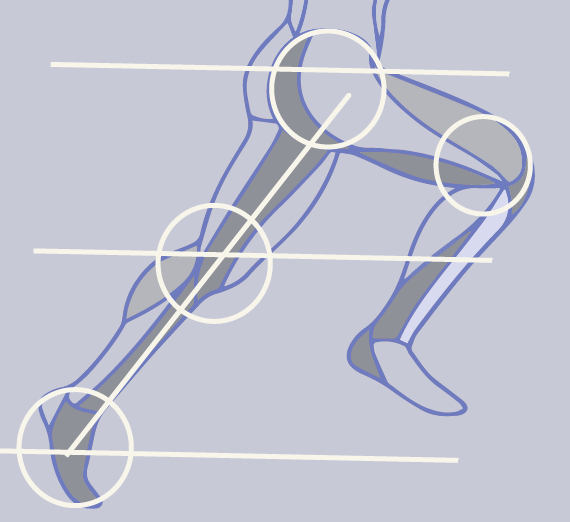
Blend engineering innovation with anatomy and physiology. Biomechanics applies mechanical principles to the human body, exploring how implants, instruments, and assistive devices improve the quality of life for people. Biomechanical designs contribute to the development of rehabilitation technologies, medical devices and imaging systems.
What Can You Do with Biomechanics?
Whether it's in healthcare, sports, research, or industry, biomechanical engineering offers a range of rewarding careers that blend engineering, anatomy, and innovation to make a positive impact on society. You could design, develop and improve medical devices, or contribute to sports science, workplace safety and ergonomics.
What You'll Study
This is a broad, multi-disciplinary field that engages engineering mechanics to improve human health. Biomechanics combines statics, dynamics, and material mechanics with the mechanics of human motion. You will learn about force transfer, sensors, data acquisition techniques, and signal processing.

